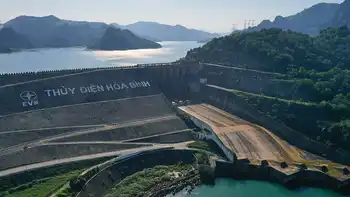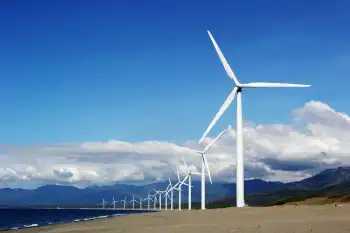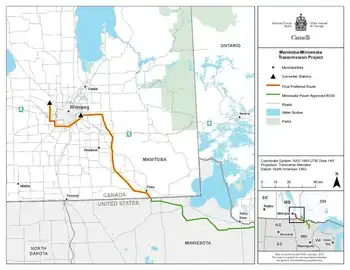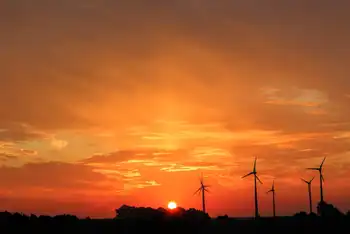Homesteaders to build hydroelectric plant
Matanuska Electric AssociationÂ’s board of directors agreed to issue Janke and South Fork Hydro LLC a letter stating the utility would purchase power generated from the proposed 1.4-megawatt power plant.
The plant would be placed on the 114-acre Janke homestead at mile 4.2 Hiland Road.
Joe and Phyllis Janke homesteaded the site in 1958 because Joe believed it was an ideal place to operate a potential hydroelectric plant. He pursued the dream for many years, but was never able to make it a reality.
The latest plan, developed by Dan and Phyllis, is a “run of the river” hydroelectric generator, which relies on the river’s natural current to create power without disrupting the water’s flow.
The design calls for water to be extracted from the river through a pipe. This pipe would then become a penstock that creates a head pressure, which allows a hydro turbine to run efficiently. After water passes through the turbine, it is then returned to the river at the same temperature.
“We’re looking at having nearly 3,000 feet of pipe as our source of hydro power,” Phyllis Janke said. “It will all be on our property.”
With assistance from engineer and family friend Earle Ausman, owner of Polar Consult Alaska Inc., the Jankes have received all the necessary permits from the state to move forward with the project. To assist in securing grant funding for the project, they needed the letter from MEA stating its intent to purchase.
The Alaska Energy Authority tentatively approved a $1 million renewable energy grant for the project. The grant will be awarded once a Power Purchase Agreement is reached with MEA. The letter of intent is the first step toward reaching that agreement.
However, there are still some bureaucratic hurdles to overcome, including getting approval for the project from the Department of Natural Resources and the Municipality of Anchorage.
If itÂ’s developed, the 1.4-megawatt plant would generate enough power for about 1,000 homes.
If they can secure the grant funds, Phyllis Janke said, they would like to build the plant by the summer of 2010 and have it generating power the following fall.
The power generation from the facility would significantly contribute to MEAÂ’s goal of obtaining 5 percent of total generation from renewable resources by 2015.
“Moving toward renewable energy sources is a goal of the utility,” said MEA board member David Glines, who represents Eagle River. “The thought of having a system in place in the community that is producing clean and reliable energy is a good thing for the utility and the community.”
MEA is also discussing a similar project on Fish Hook Creek, a tributary of the Little Susitna River that would generate 2 megawatts of power.
Related News

PG&E’s Pandemic Response Includes Precautionary Health and Safety Actions; Moratorium on Customer Shutoffs for Nonpayment
SAN FRANCISCO - Pacific Gas and Electric Company has announced that due to the COVID-19 pandemic, it has voluntarily implemented a moratorium on service disconnections for non-payment, effective immediately. This suspension will apply to both residential and commercial customers and will remain in effect until further notice. To further support customers who may be impacted by the pandemic, PG&E will offer its most flexible pay plans to customers who indicate either an impact or hardship as a result of COVID-19. PG&E will continue to monitor current events and identify opportunities to support our customers and communities.
In addition to the moratorium…




